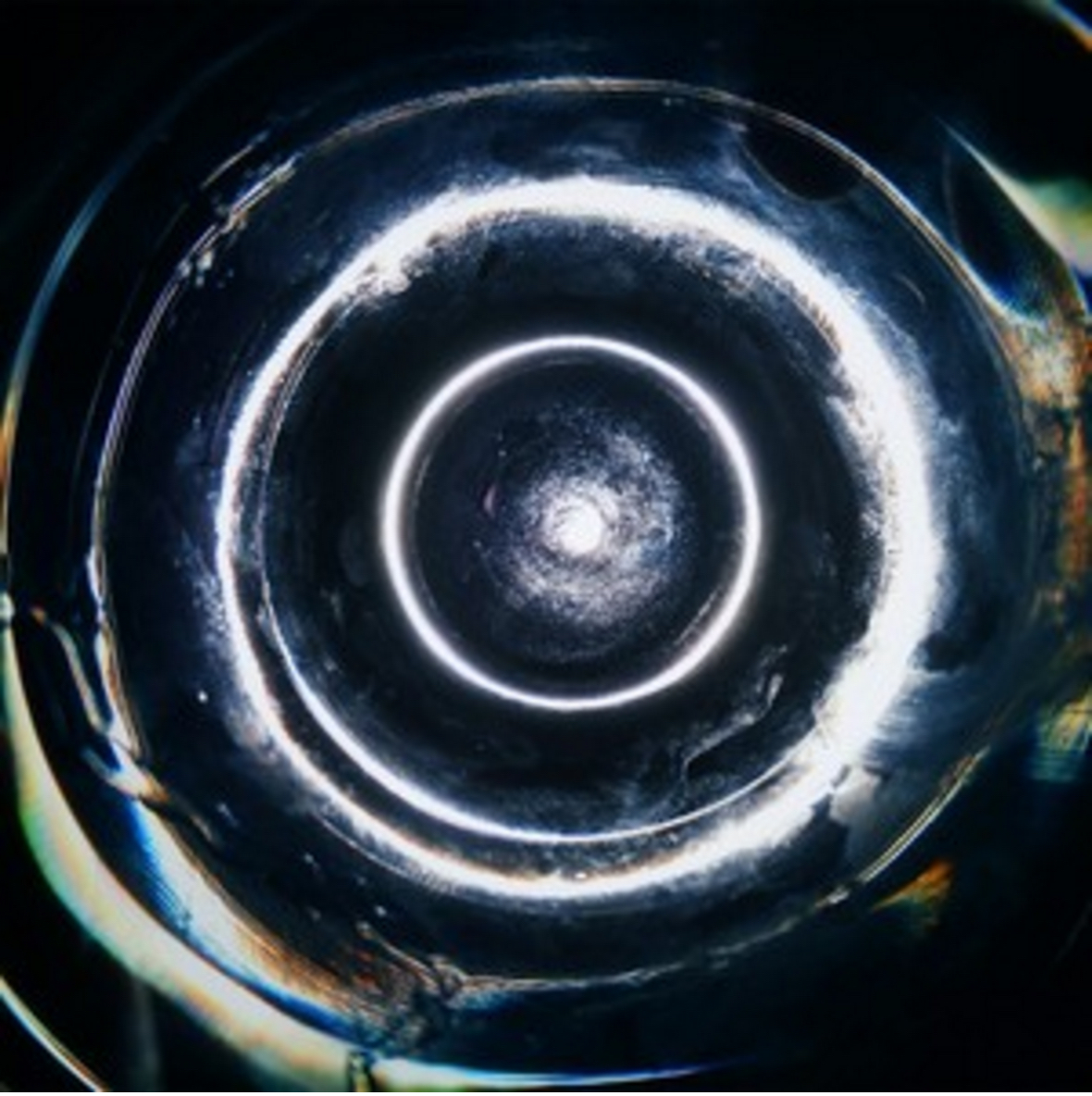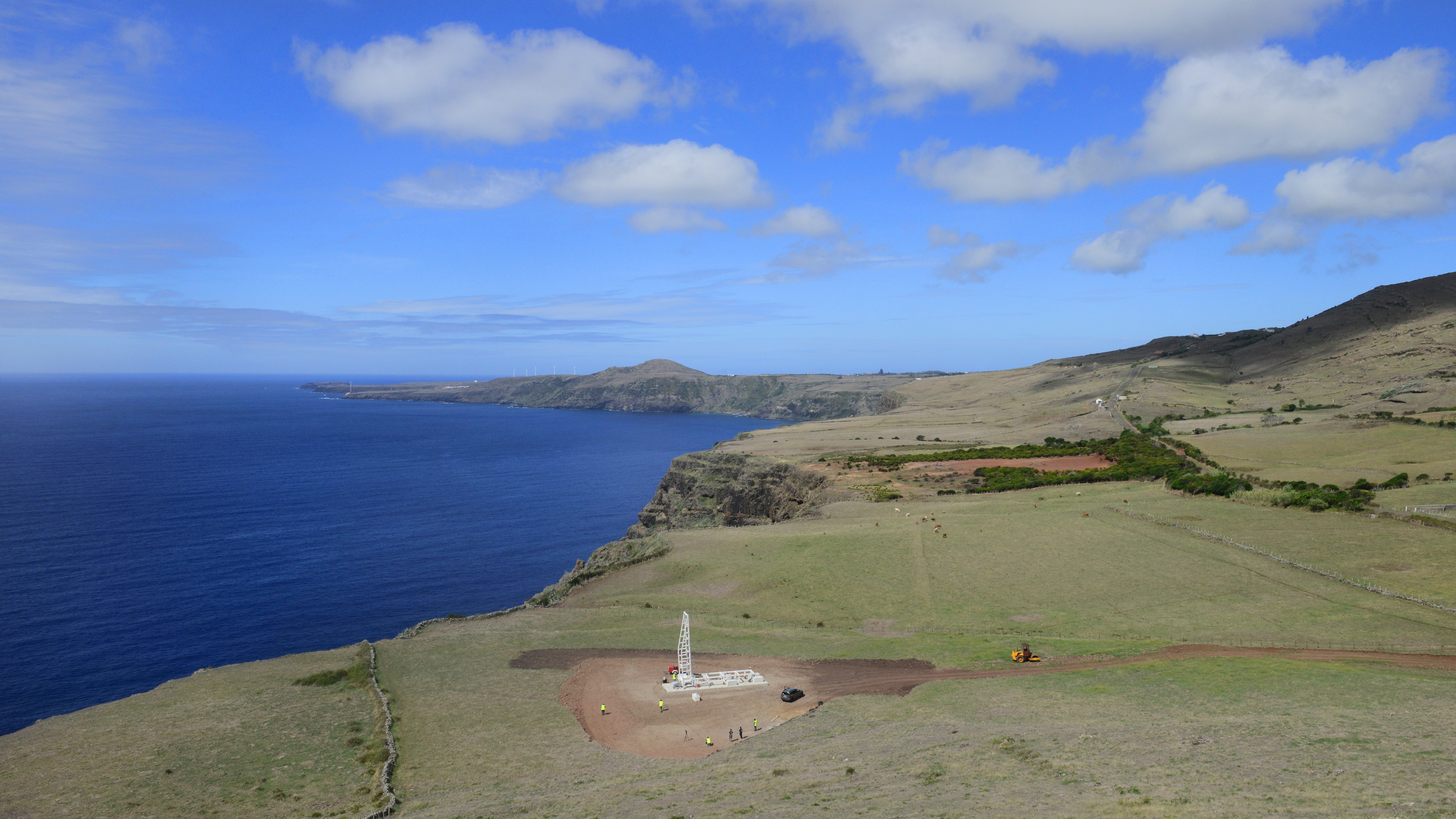Wormholes Might Burrow Through Black Hole Cores

Black holes and wormholes are the ultimate fodder for science fiction. Need to travel through time? No problem! Build a wormhole. Want to see a different universe? Dive into a black hole!
Though these imaginings are often far-fetched and, let's face it, likely impossible, most are based on real theoretical physics ideas and, in new research focused on the nature of space-time inside a black hole, theorists have come up with a possible means of zipping around time and space... though it certainly wouldn't be comfortable.
RELATED: Hawking Tries to Find Black Hole's Emergency Exit
A black hole is as gravitationally extreme as it can get. Throw together enough matter in the same place and its mutual gravity will crush everything down to a single point until space-time itself collapses in on itself. Everything we know and love occupies space-time, so as it becomes warped around a black hole nothing, not even light, can escape its gravitational clutches. The point of no escape (where the gradient of space-time is so steep it traps light) is known as the event horizon.
For the most part, we have no experience of what goes on beyond the event horizon, it is off-limits to external observers. But theory says that for the black hole to exist, there needs to be a singularity in the center. A singularity is basically where math (and, by extension, nature) breaks down; it's where the cosmic calculator divided by zero and got infinity. This cosmic computing mistake is hidden in the depths of the event horizon -- if we can't experience it, does it really matter what it is?
WATCH VIDEO: The Race To See The Black Hole At The Center Of Our Galaxy
According to a team of physicists led by Diego Rubiera-Garcia of the University of Lisbon, Portugal, actually the weird physics of a black hole's singularity could turn our "classical" idea about black holes on its head. What if general relativity breaks down and the singularity isn't a singularity at all? What if we replace the singularity with a wormhole? Suddenly, instead of being the ultimate trash compactors of the universe, black holes become the ultimate sci-fi dream: they could be space-time transportation hubs.
Breaking space news, the latest updates on rocket launches, skywatching events and more!
But, as is the case with most black hole stories, there's a catch.
RELATED: The Race to See Our Supermassive Black Hole
In previous calculations, Rubiera-Garcia's team created a theoretical model of a black hole without a singularity. To their surprise, in the singularity's place, a finite-sized and spherical wormhole structure appeared. This is very important; it seems that instead of spitting out a confounding singularity, the math naturally creates a wormhole.
Before we can understand why this is important, we first have to consider why singularities are a thorn in the side of theorists and sci-fi writers alike. It is predicted that as an object (or unfortunate astronaut) falls into a black hole, tidal forces will be so extreme that "spaghettification" becomes a thing. The tidal forces at the astronaut's toes would be much larger than what they'd feel at their head. They'd experience crushing forces from the sides, but extreme stretching between their toes and head. The best way to imagine it is to think about making spaghetti, only with the human body instead of pasta.
Should our stretched astronaut reach the singularity, they'd be infinitely long and infinitely thin -- a situation that doesn't make much sense.
But swap an infinitely tiny singularity with a finite-sized wormhole and things get a lot more interesting. Wormholes are a mathematical consequence of Einstein's general relativity, but we have yet to find any evidence they actually exist. If they do exist, they would be made of a tube of spacetime, opening a passageway to another location or time (as space and time are intimately linked) in the universe. As the "neck" of the wormhole's opening is finite, there's none of this mathematical singularity nonsense messing with our astronaut. Sure, he or she would still be spaghettified, but they'd be more of a linguine than a spaghetti. So, hypothetically, their extremely tidally deformed body could pass through the neck of the wormhole.
RELATED: Has Stephen Hawking Just Solved a Huge Black-Hole Mystery?
"Each particle of the observer follows a geodesic line determined by the gravitational field," said Rubiera-Garcia in a statement. "Each geodesic feels a slightly different gravitational force, but the interactions among the constituents of the body could nonetheless sustain the body."
In the paper published in the journal Classical and Quantum Gravity, the researchers do point out that this wormhole isn't a "traditionally traversable" wormhole, so it's not the kind of wormhole that you could fit a stonking great spaceship through and expect it to resemble a spaceship on the other side. It would be microscopic and not traversable by macroscopic objects, but it would be a wormhole nonetheless.
Needless to say, this work is steeped in theoretical number-crunching and it's hard to see how we could prove there's a wormhole sitting in the centers of black holes except, perhaps, to do a Matthew McConaughey and find out for ourselves.
Source: Univ. of Lisbon
Originally published on Discovery News.
Join our Space Forums to keep talking space on the latest missions, night sky and more! And if you have a news tip, correction or comment, let us know at: community@space.com.
Ian O'Neill is a media relations specialist at NASA's Jet Propulsion Laboratory (JPL) in Southern California. Prior to joining JPL, he served as editor for the Astronomical Society of the Pacific‘s Mercury magazine and Mercury Online and contributed articles to a number of other publications, including Space.com, Space.com, Live Science, HISTORY.com, Scientific American. Ian holds a Ph.D in solar physics and a master's degree in planetary and space physics.
